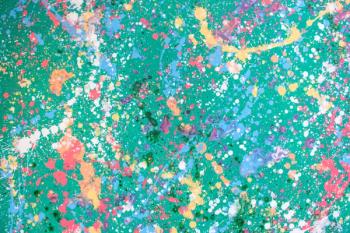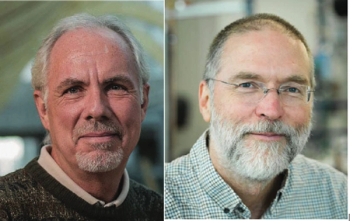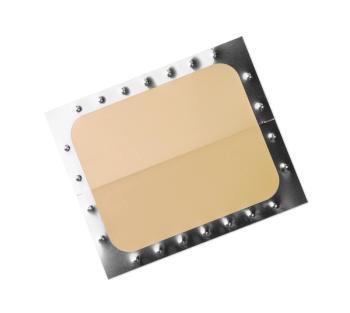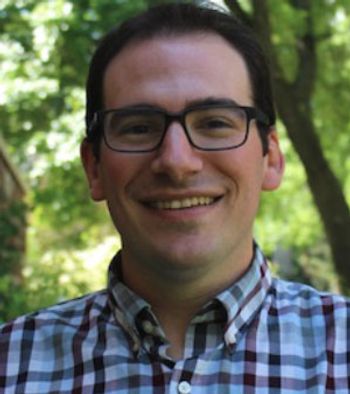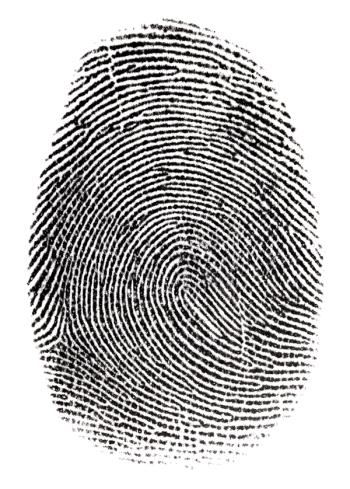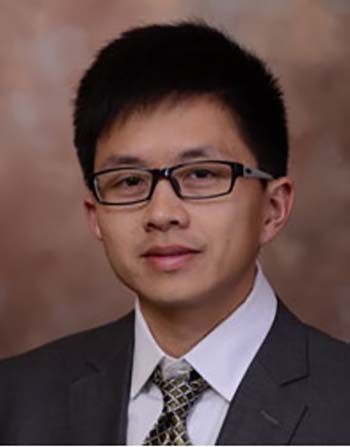
Karen Faulds of the University of Strathclyde co-authored a paper where SESORS signals could be detected from nanotags at depths down to 48 mm for the first time using a handheld spatially offset Raman (SORS) instrument. She recently spoke to Spectroscopy about this and some of her other papers and the advances in the science that made them possible. Faulds is the 2022 recipient of the RSC Analytical Division Mid-Career Award. This interview is part of an ongoing series of interviews with the winners of awards that are presented at the annual SciX conference, which will be held this year from October 2 through October 7, in Covington, Kentucky.






